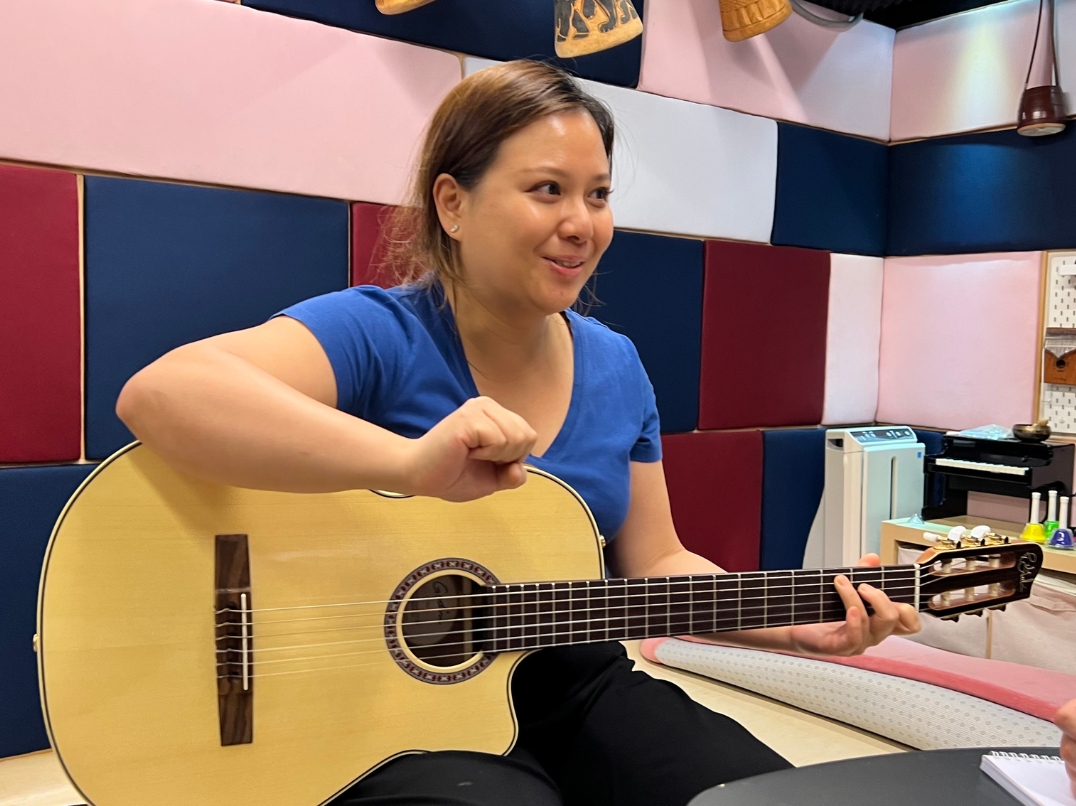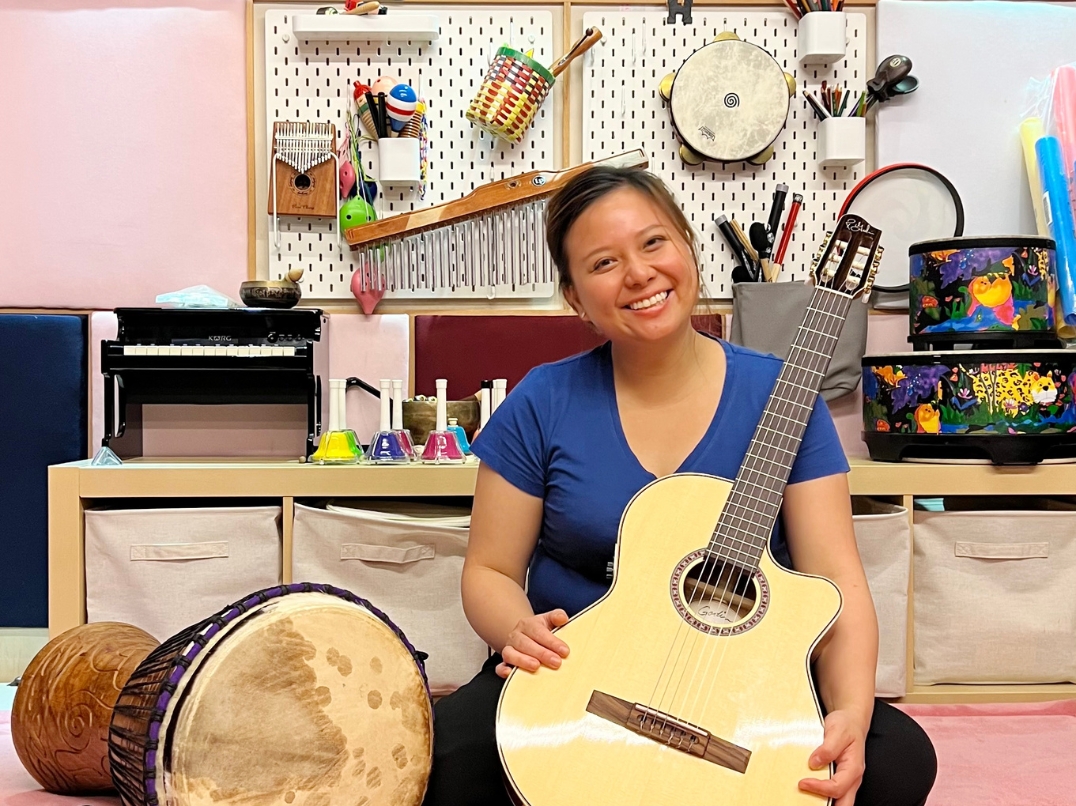Striking a Chord: Using Music Therapy to Address Emotional Challenges and Special Education Needs in Schools
The use of music therapy in school settings is gaining popularity, as teachers and students are increasingly turning to this approach to tackle emotional challenges and special educational needs. Music therapy is a type of therapy that uses music to address physical, emotional, cognitive, and social needs. Registered Music Therapist, Ms Carol Cheung, has highlighted the powerful effects of music therapy.
Music therapy involves a range of activities such as listening to music, playing an instrument, singing, or composing music. It can be an effective tool for addressing a range of conditions including autism, dementia, depression, anxiety, and chronic pain. Music therapy is different from traditional music lessons as it does not focus on performance skills and techniques.
‘Music therapy is everything but performance skills and techniques,’ Cheung explained how music therapy differs from traditional music lessons. ‘We use rhythm, beats, melody, lyrics and tools to achieve our therapy goals.’

Music Therapy as an Attunement, Not a Solution
Cheung emphasised that music therapy is not about providing solutions to problems, but rather serves as an attunement to one’s well-being. Through interactive activities like composing or co-creation, students are able to observe and understand their behaviour like looking through a mirror, and they are encouraged to have the autonomy to make decisions of their own and make adjustments.
For instance, writing a song could be a very good way to tidy up thoughts. A student making up a song with a lot of details in life and very packed content might show that he or she is now suffering from a period of suffocation or being too busy. Even for students who are not good at communicating their emotions, when they are listening to music and doing breathing exercise, they will usually follow the beat and rhythm and would be able to calm down and relax following the groove of the music by mimicking.

The Importance of a Collaborative Approach to Music Therapy in Schools
The music therapy designed for students is divided into two types: targeted therapy and ongoing therapy. Targeted therapy primarily involves short-term and intensive treatment to achieve individual therapeutic effects. On the other hand, ongoing therapy lasts for a longer duration and may extend throughout the entire semester. Schools can decide which type of therapy to implement based on their available resources and specific needs. Generally, the length of music therapy for school children typically ranges from eight to twelve sessions, with the cooperation of the school, parents, teachers, and students to make it more efficient. The first step is to understand the students' backgrounds, family upbringing, and typical behaviour, and set practical goals that are more measurable at the end of the sessions. The goals may include how happy the students are and feedback from teachers and family through interviews.
Creating a Safe Space for Music Therapy is Crucial
In order to achieve the best results for music therapy at school, Cheung suggested that it would be desirable to set up an art space, preferably with instruments, in addition to the counselling room of the social worker, so that students can have a safe place to express themselves. It is also important that the counselling team should create a system to log students' emotions and special incidents, instead of only academic results. In that case, it would allow a more thorough understanding of the student’s progress and grounded adjustments on the therapy to achieve better results.
Improving Teacher Wellbeing through Music Therapy
Music therapy has been shown to have many benefits for both teachers and students. ‘Besides providing music therapy for students, schools can also allow teachers to personally experience music therapy to understand its effectiveness,’ Cheung added. Amid the challenges of COVID-19 pandemic, the evolving syllabus, students' emotional struggles, and particularly the wave of migration in the past few years, teachers have also been in a stressed position to handle all the changes. For teachers, music therapy can help reduce stress,increase productivity, and improve the overall work environment and they could share this mind-fulfilling experience with their students by including music elements in their teachings.
For students, it can help improve academic performance, increase self-esteem, and reduce anxiety and depression. The benefits of music therapy can be seen in many different areas of life, including physical health, mental health, emotional health, and social skills.
Music therapy can be an affordable and effective way to improve the overall well-being of students and teachers alike. By incorporating music therapy into the curriculum, schools can create a more harmonious and supportive learning environment for everyone involved.
Breathing as the Basis of Everything
Regardless of whether they are teachers or students, Cheung encourages everyone to begin from the basis of music and everything: breathing. Breathing also affects our heartbeat and can adjust our footsteps and rhythms. By learning breathing methods, it opens the door for the world of music therapy and a more harmonious lifestyle.
